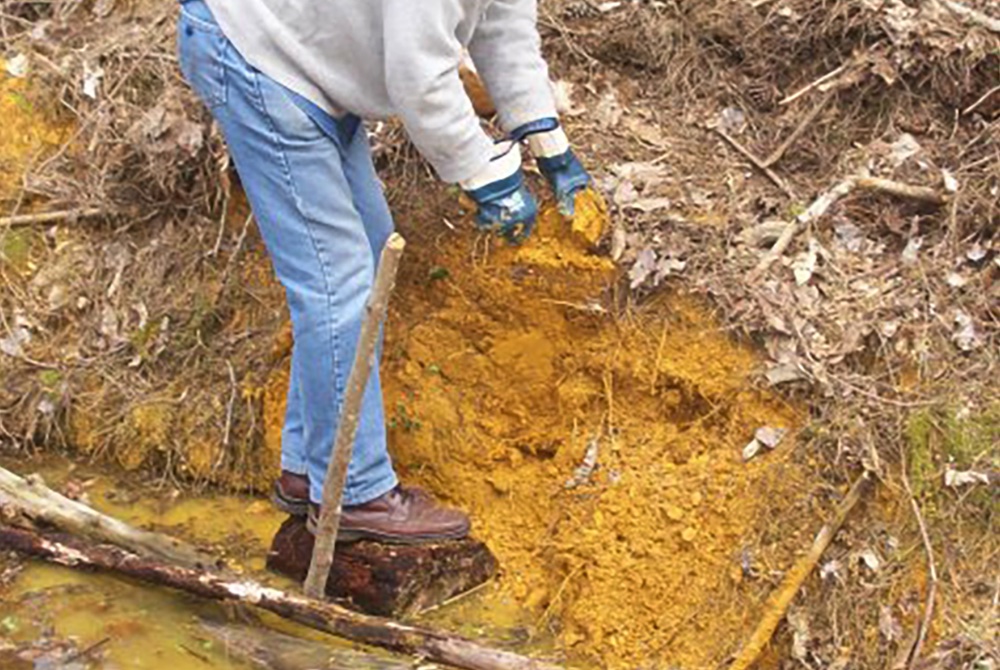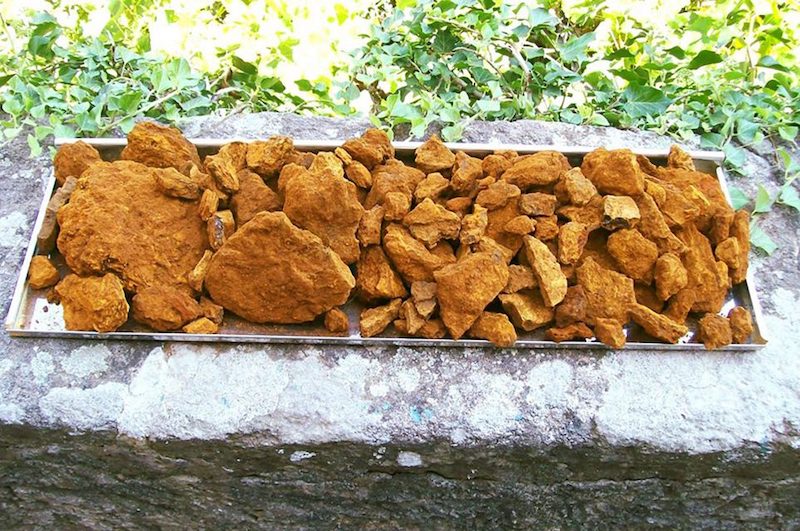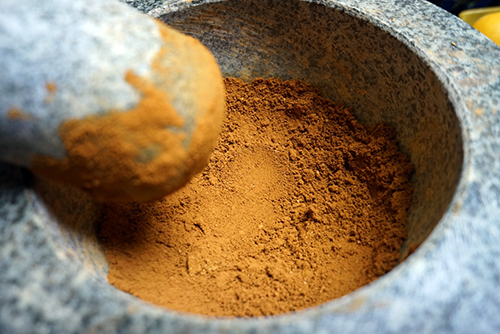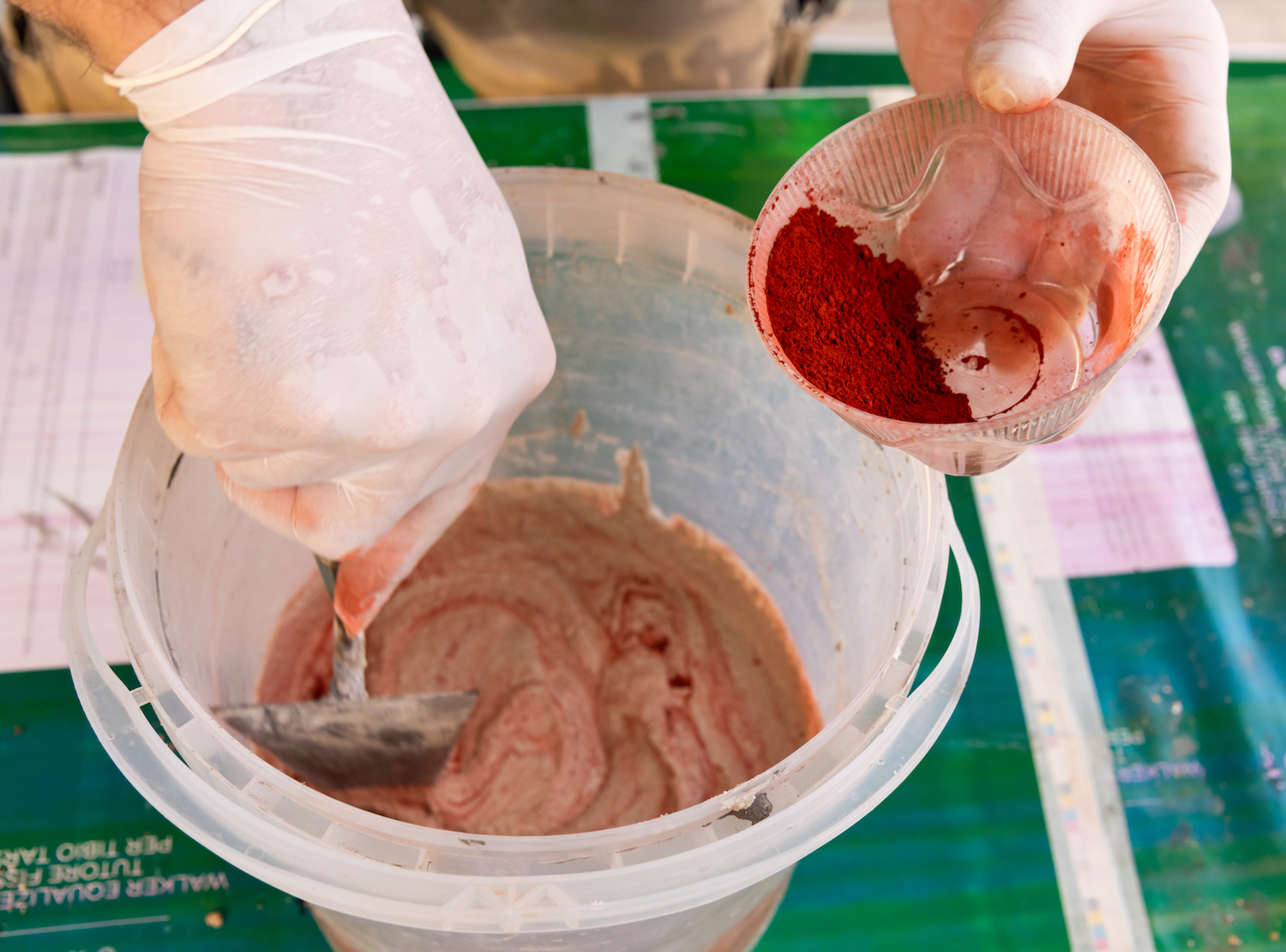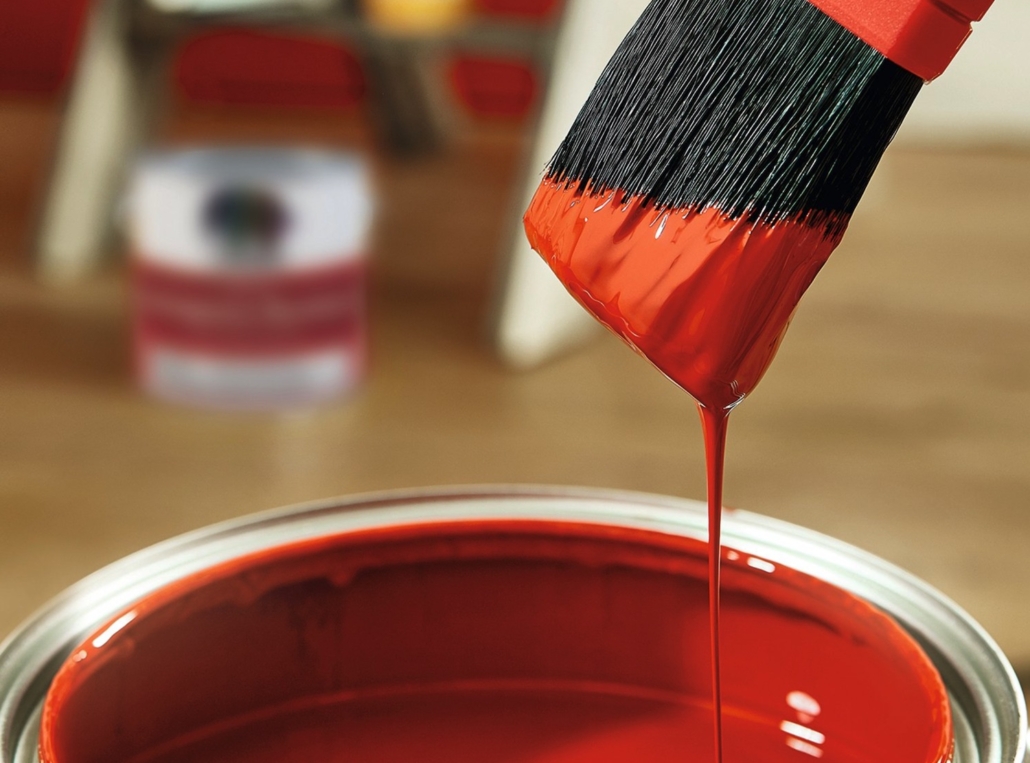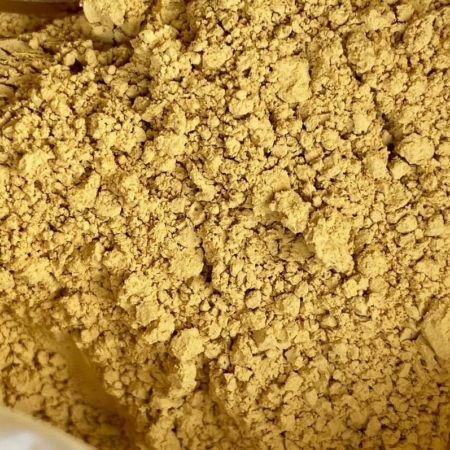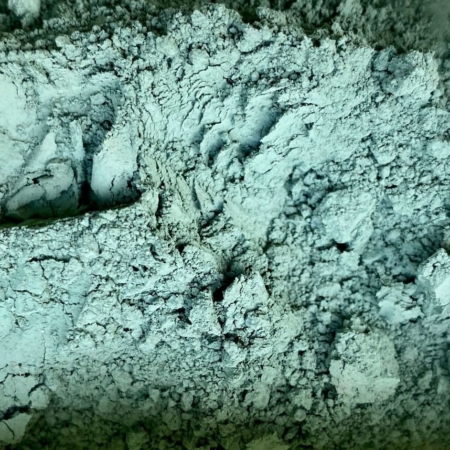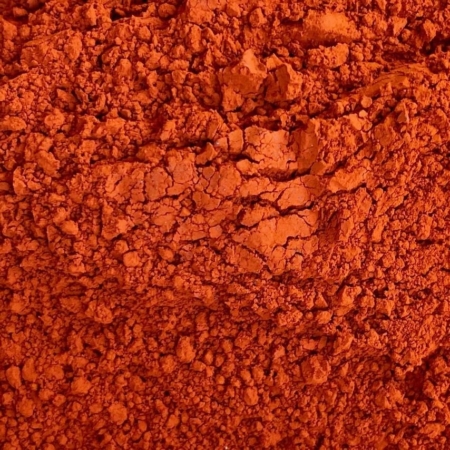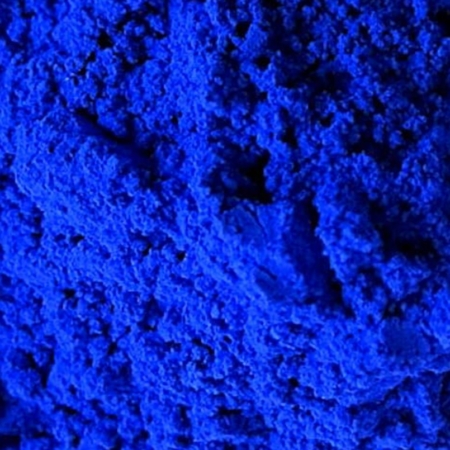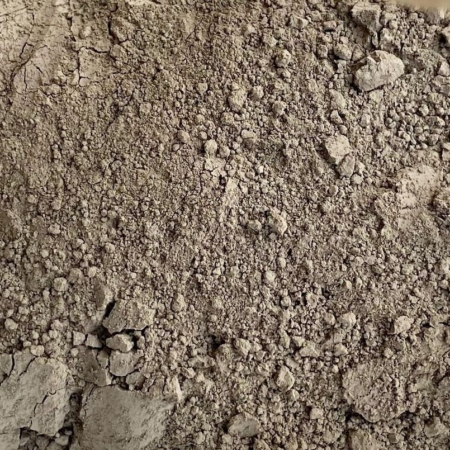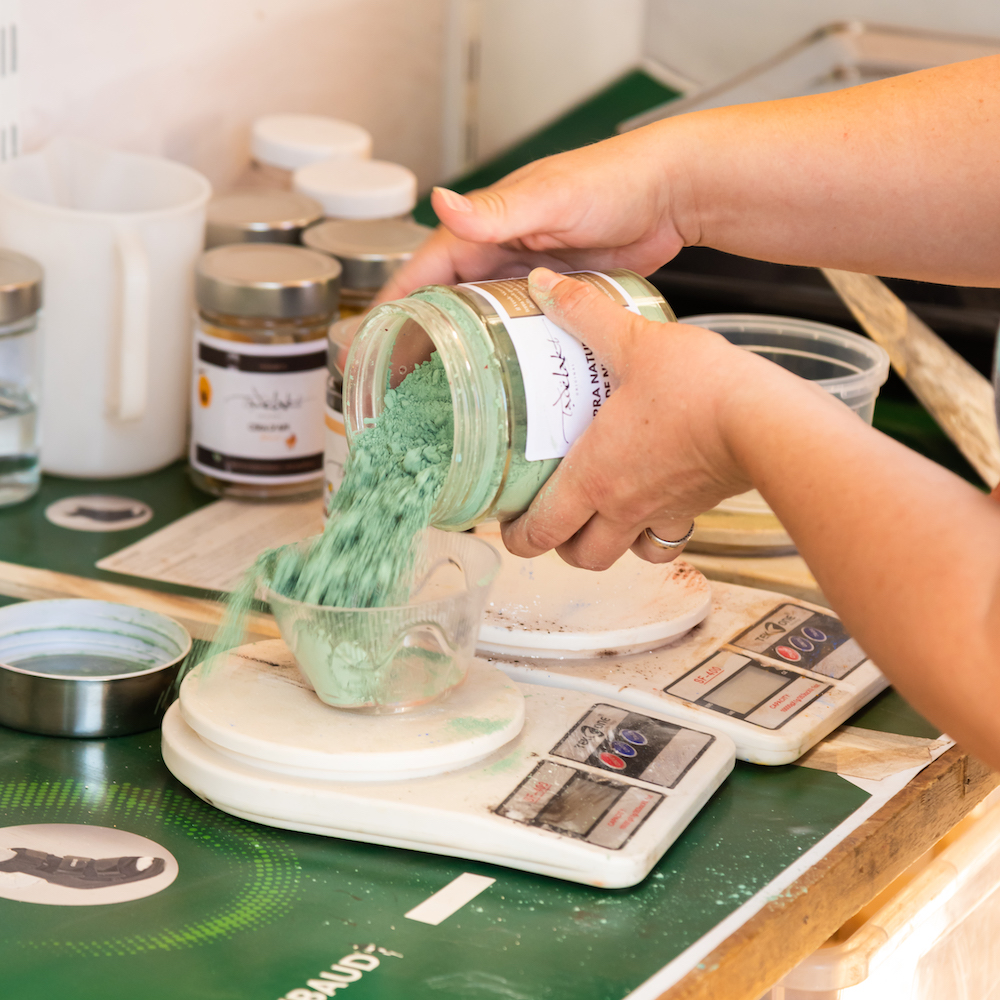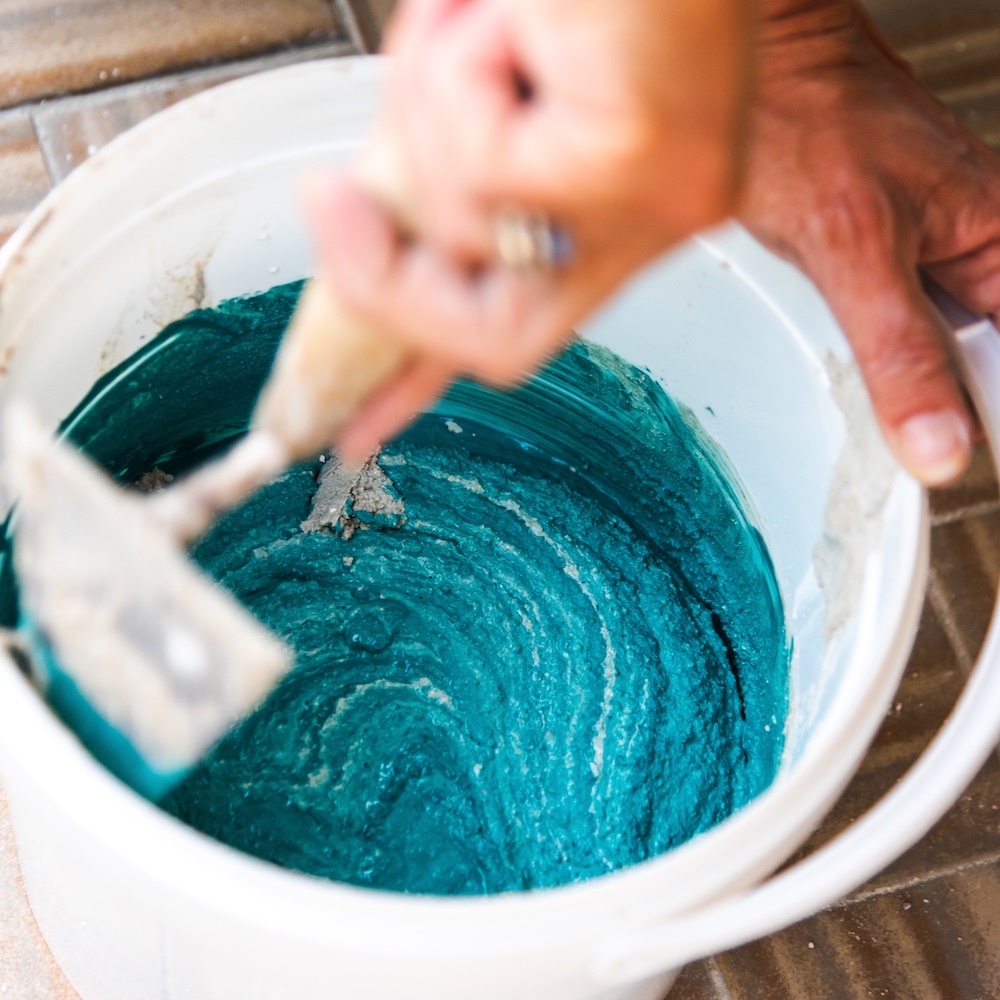Origin and History of Natural Pigments
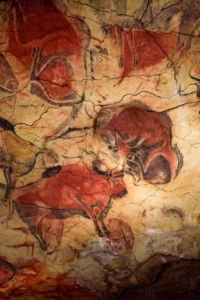
Altamira Cave (14.000 b.C)
Natural Earths have accompanied the most important civilizations and epochs in history since its inception since color plays a very important role for humans and its first certified use dates back in fact to prehistory with the first cave paintings made by primitive man on the walls of their caves, thus creating the first dwellings with decorated walls. Subsequently, some of the greatest and most refined civilizations in history refined their creation techniques and made extensive use of colored pigments to decorate their ancient dwellings, thus creating the first written manuals for the classification of Natural Earths such as the one that Caius Plinius Secundus (known as the Elder) produced around 70 AD during the height of the Roman Empire. Let’s quickly go over which historical periods and peoples we can consider most significant for the history of the creation and use of natural colored pigments:
- UPPER PALEOLITHIC: Early true pioneers in the use of Natural Earths, cavemen made extensive use of basic color pigments such as red obtained simply from ochre earth or black obtained from charcoal, techniques that were slowly perfected until the first major organized civilizations began to expand the range of colors and methods of obtaining them.
- AEGITIAN EMPIRE: Ancient Egypt is world-famous for creating the first refined art made of perfect shapes and colors that we still admire and imitate today, and it was during the Egyptian empire that the methods of extraction and creation of some of the most famous and used natural earths in history were born including red ochre, malachite green obtained precisely from the crushing of the mineral and finally most controversially, Egyptian Blue. As the tradition that accompanies this civilization dictates, even the birth of the method of this color hides a thread of mystery and even today its true origin is debated.
- ANCIENT GREEK: The ancient Greeks were the first to document some methods of creating the Natural Lands that have come down to us today, and certainly the main method used by these archaic people is the grinding of minerals, a method that allowed them to create more accessible and complex colors than those created by the Egyptian empire.
- ROMAN EMPIRE: It is precisely the renowned Roman Empire that was the people who made the greatest contribution to the history of Natural Lands. It was during this historical period rich in art and innovation that the tradition of coloring lime paint using natural pigments was born, thus creating a documented technique that we artisans working in the field of artistic decoration still use today.
- MEDIEVAL: The Middle Ages is popularly known as a period that was not particularly brilliant as far as art is concerned, but thanks to more careful and objective historical analysis today we are also beginning to learn more about the aspect of the Middle Ages that was made up of excellent craftsmanship and that created many new methods of creating colored pigments for decoration especially in the field of painting.
- RENAISSANCE: The Renaissance was a golden period for the art of mankind so it is no surprise that it was during this historical period that natural earths found their most prestigious uses, and there are thousands of works of art created with the use of colored pigments that are now part of the heritage of mankind.
- MODERN TIMES: Art and construction in general suffered a major setback with the industrial revolution to the arrival of artificial dye creation that greatly reduced the use of natural earths during the last century, and it was only around the 1970s that these issues came back to be dusted off also in response to too many industrial solutions that only cared about the purpose without worrying about the method.
The Colored Natural Earth Creation Technique
As we have just seen, natural earths boast a history dating back thousands of years in the field of decoration, and therefore extraction and processing processes can vary from pigment to pigment. With regard to construction and the use of natural earths with lime paints and generally with colored paints, the most common processing method is crushing. Once the stones or minerals necessary for creation are extracted from the quarries, they are crushed so as to obtain directly the pigment with coloring power, but not all minerals are crushed evenly and therefore in some cases an additional process of washing process is also necessary. When the grain size obtained is not uniform, the resulting powder is poured into water to create a simple separation: the finer powders go to the surface while the coarser ones sink. This process of filtering in water may seem incredible for a colored earth, but one must remember that natural pigments are not water-soluble unlike traditional dyes. Then there are also, though rarer, the so-called “burnt” earths which, as the name suggests, require firing at high temperatures, a process that is essential to set in motion profound mineralogical transformations that make it possible to obtain natural earths with unique and deep shadow colors. With a few exceptions like the latter, the process of creating natural earths is extremely simple and can be summarized in 3 simple steps:
Natural Pigments in Contemporary Construction

Color Preparation
We have seen that the history of color pigments is really long and their uses have been really numerous especially in the field of art, painting and decoration in general. It is precisely this last point that has interested us the most, since in relatively recent times Natural Earths have returned to take on a fundamental role in modern green building, which is becoming increasingly important especially for those people who are particularly health and environmentally conscious and want to decorate their homes using products of natural origin, completely avoiding industrial dyes and all artificially produced products.
Natural Earths are also of fundamental importance in conservation restoration since using the same technique with which the walls were decorated is of paramount importance if one wants to return to ancient splendor palaces with a strong historical value and that too often in the last century have been restored with modern and industrial methods leading to an inestimable loss of ancient arts and decorations. Today, Natural Earths represent the true alternative to industrial dyes, which, although more practical and immediate, do not allow for the creation of a color as unique and rich in history as the one that comes about instead whenever natural pigments are used to create a colored painting.

Lime Sieve
Another legendary material has its history closely linked to that of natural earths: lime. Known since ancient times, lime is obtained by methods very similar to that of most natural earths, so it is simply a more or less fine powder that is obtained by the extraction, crushing and sifting of lime stones, and its exceptional properties of durability and strength make it one of the most widespread decoration materials in the world and with the longest history. Indeed, it is possible to find evidence of decorations made from the combination of lime and natural earths in all parts of the world and in all historical periods, from the ancient Arab world of Morocco to the Feudal society of Medieval Japan.
Due to a problem with the PH stability of lime, not all natural earths are suitable for combination with this raw material since its extremely alkaline base eventually destroys the color pigments and makes them unsuitable for the purpose. One must therefore turn to the rich history of these two materials to find endless evidence of historic palaces and mansions that created the perfect combination and created legendary decorations that have been there for centuries and that we now try to replicate using the same art and technique.
The Difference Between Natural Pigments and Dyes
There are several differences between Natural Earths and dyes, and here we are going to look at some of the main differences considering that in both fields there are artificial versions that in principle use the same principles but without the added value that precisely in this kind of article we try to explain. Choosing a product of natural origin, whether it is a dye or a pigment, is always the right choice for those who have respect and admiration for the history of artistic decoration that for millennia has done has less than laboratory products giving rise to some of the works of craftsmanship that are invaluable today.
1- ARE NOT SOLUBLE
Natural Earths do not dissolve in water or common solvents, so the natural pigments physically color by overlaying objects and creating a permanent coloring layer.
2- THEY COLOR THE SURFACE
Natural Pigments are the ideal choice for tinting wall paints because they do not mix completely with the paint but go on to create a real coating on the surface, which not only increases its covering ability but also its protection and durability.
3- HIGH LIGHT RESISTANCE
Pigments have high resistance to ultraviolet rays, which gives them better durability and allows the color not to fade in the sun.
1- ARE SOLUBLE
Dyes are soluble in water and in major natural solvents. So how much these are mixed with other materials, these completely melt and dye all the individual molecules.
2- THEY COLOR THE WHOLE PRODUCT
The dyes chemically bind completely to the product with which they are mixed, making them particularly suitable for the world of paint colors, dyeing clothes, and many other engagements where this characteristic is a strength.
3- MEDIUM LIGHT RESISTANCE
Dyes have medium resistance to the sun’s ultraviolet rays, making them more sensitive and with a greater tendency to fade.
It is worth mentioning that there are both Pigments and Artificial Dyes, although certainly the latter are the most popular. In the mid 1800s with the arrival of the chemical industry, the production of artificial dyes became increasingly popular without concern for composition and process but only for the result. As we know today this has created many problems and given rise to products that have proven harmful to humans and with environmentally destructive creation processes. Choosing products of natural origin, whether dyes or pigments, is always the right choice when paying special attention to the health and tradition of the land.
The Main Colors of Natural Pigments
YELLOW EARTH
Already known in Prehistory and very popular with the ancient Romans, Yellow Earth is undoubtedly one of the most widely used in contemporary construction as well, thanks in part to the great variety and availability of natural pigments of this color that have been known since ancient times. The characteristic yellow color is given to it by the iron hydroxides present (called precisely limonites), which associated with clay give it its characteristic hue.
GREEN EARTH
Natural green earths can have different origins, some are supposed to have been formed through the sedimentation of seawater and thus can be found in areas such as the French Riviera, while others were formed inland from eruptions and the subsequent alteration of volcanic rocks. Mainly magnesium, hydrated iron silicates and alkalis are the main minerals that give the green coloring to these natural lands.
RED EARTH
Earths of this color were among the first to be used to create complex decorations and were subsequently the decorative basis of many ancient civilizations. The characteristic red hue of these natural earths is given to it by the red oxide found predominantly in its composition and its association with clays and amorphous silicates. It is also possible to obtain it from the crushing of the famous blood-red mineral: hematite.
Very rare but also much loved, blue earths are probably among the most difficult to find and produce and in fact their variety remains quite limited. Blue is a very rare color in nature and therefore there was no use for it until the ancient Egyptians, who instead who began to make extensive use of it by obtaining it through the crushing and subsequent multi-step firing of a very valuable mineral such as azurite.
SHADES EARTH
Shadow Earths are earths that tend to be dark in color and can create beautiful effects with infinite shades or be used together with other lighter natural earths to give more depth to the color. They are quite common and found in all continents of the world. The dark hue of these natural earths is due to the iron and manganese oxides scattered throughout the clay base.
The Most Famous Natural Pigments


EARTH OF VENEZIA
The color red and Venice are closely linked. In the history of this ancient city, red was a symbol of privilege and an element of social distinction, and it is here that one of the most famous natural earths ever was born: Venetian red. Venetian Rosso is obtained by grinding the red hematite earth that is extracted from the very quarries of San Giovanni and that has been traded in Venice for centuries-so much so that today we associate the name of this earth with that of what is arguably the world’s best-known city.
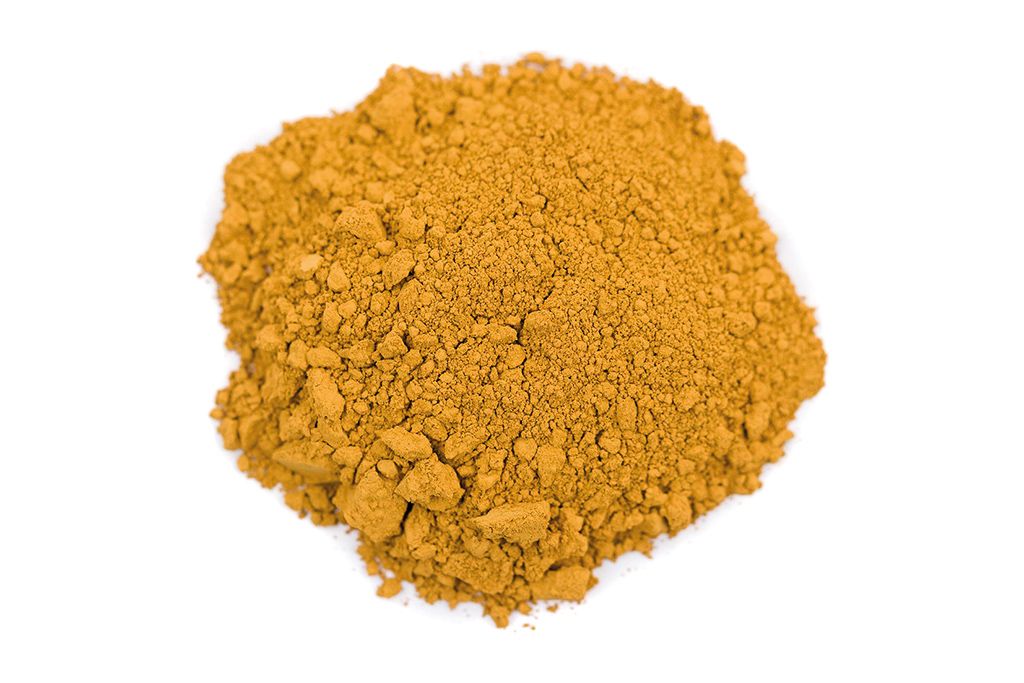

EARTH OF SIENA
Sienna is undoubtedly one of the most widely used and widespread pigments in our country. Mined in the open air in the Monte Amiata areas of Tuscany, this natural pigment was discovered in the Renaissance era and is still made today following the same processes as then. Terra di Siena has a color tending to yellow with orange undertones so it is an earth that allows for very warm colors and lends itself to an infinity of shades suitable for all indoor and outdoor environments.
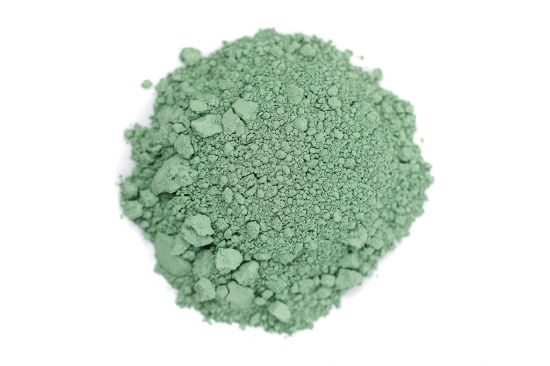

EARTH OF NICOSIA
La Terra di Nicosia is a beautiful natural green earth with shades of blue that has been widely used in lime colors since the days of the ancient Romans, who made extensive use of it to decorate their dwellings. Like many other natural earths, this pigment also comes from the Mediterranean area and more specifically from Nicosia, a town in inland Sicily that gave it its name. The green that is obtained from this Earth has a unique organicity and soft shades that still make it one of the most widely used in interior decoration.
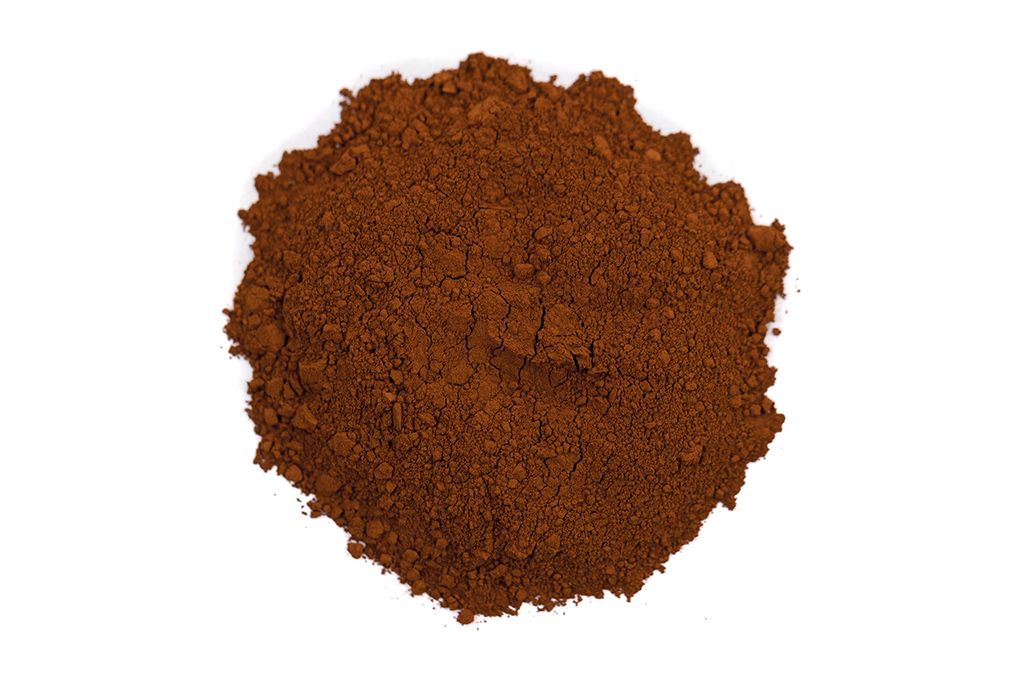
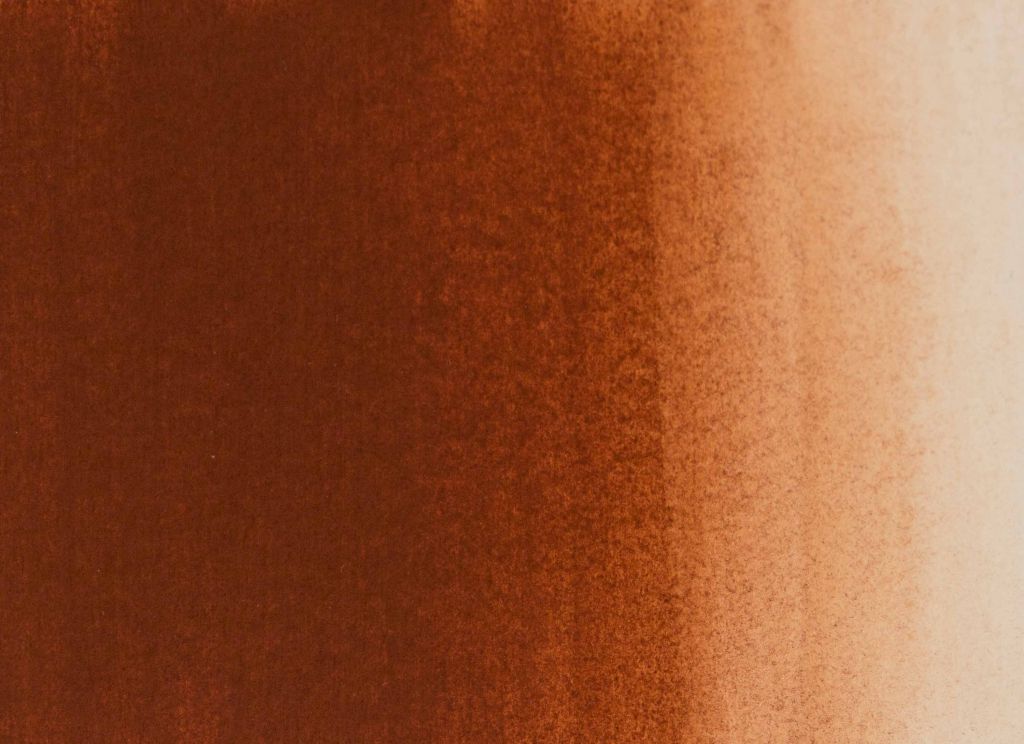
EARTH OF CIPRO
Cyprus earth, also known as natural shadow earth, is one of the oldest colors in human history. Its origin is actually Cyprus, the famous island in the Middle East where it appears to have been first mined and used, although shadow earth is one of the most common and is also produced in other Mediterranean countries such as Sicily, Sardinia and Turkey. The pigments in Earth of Cyprus are rather opaque, but they have great depth and allow the creation of shades from even the lightest hues.
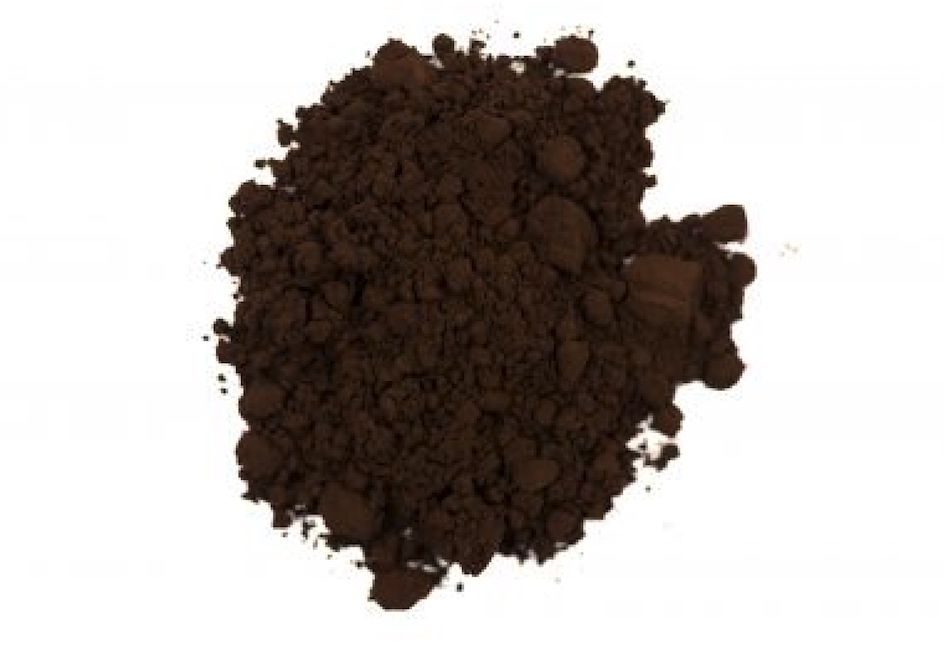
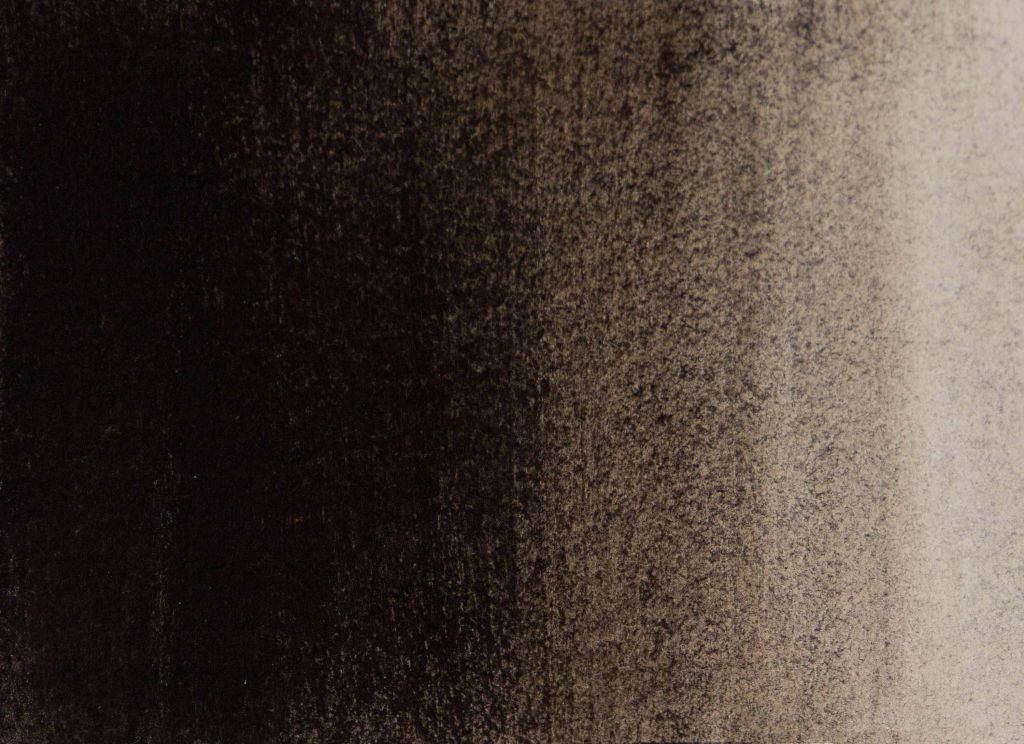
EARTH OF CASSEL
Known since the 17th as Vandycke color, Cassel earth unlike many other pigments is not a mineral but an actual earth composed of peat or lignite. Its origins lie in Germany, more specifically in the city of Cologne, where this earth was first mined and used although today it is also produced in other countries such as France and Sweden.
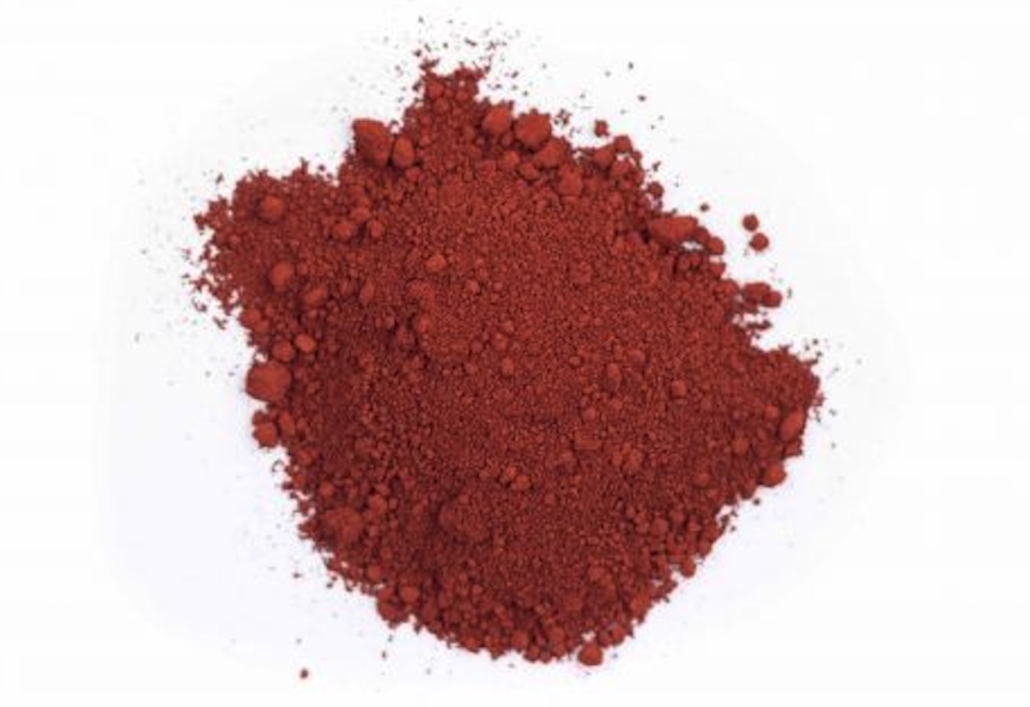

EARTH OF HORMUZ
Hormuz Earth, also known as Persian Red, is a red earth that has its origins in ancient Persia. Still originating from Iran and more specifically from the island of Hormuz, this red pigment with strong coloring power has been widely used throughout the Arab world for many, many centuries. The earth of Hormuz of differs from other red earths because of its very high content of iron oxide, making it one of the earths with the greatest coloring power ever allowing the creation of infinite shades of bright red.
These are just a few examples of the hundreds of natural earths rich in history and tradition that, as we have seen, are often linked to the territory of extraction and their centuries-old use. Italy is a country strongly linked to the history of art and is one of the first producers of natural earths as well as being the birthplace of the most famous pigments, but France and Germany are also countries with many special natural earths also with a glorious past of use. You can discover many of the best natural earths by visiting the NATURAL EARTH section of our store.
How to Use Natural Colored Pigments
Using Natural Earths to color wall paintings is an extremely simple process and it is also for this reason that this technique is widespread in all historical eras and cultures around the world. As we have said natural earths are not soluble in water therefore no preparation is necessary but it is enough to pour the desired amount of earth inside the paint and this will create a surface layer that will not only give it the desired coloring but also increase its resistance. Greater care should be taken in the quantities to be used, particularly when trying to achieve a specific color. In this case, the simplest method is that of color proofing. Color proofing is nothing more than the same process of mixing soil and paint, but in limited quantities so that the different shades of the hue can be tried out and see how it varies according to the amount of pigments mixed. During this process it is important to weigh accurately and mark the proportions of the test carefully because, unlike industrial dyes, natural pigments are organic materials that have an infinite number of shades and variations so even using the same earth all the time, a small percentage variation leads to big changes in the final coloration. This is the incredible characteristic of natural earths, the ability to make unique each and every color that is prepared even using the same pigment. The process of use can therefore be summarized in these 3 simple steps:
Natural Earths In Contemporary Green Building
This thought by Plinio il Vecchio (Como 23 AD – Stabia 79 AD) reflects on the importance of not losing the essence of art and the simplicity of tradition, his was clearly already a form of denunciation towards the increasingly widespread tendency in the Roman Empire to be losing the history and origin of these important natural pigments in favor of more modern and rapid methods. This drift had one of the lowest points in its history in the post-war period with the birth of industrial paints but with the arrival of modern green building around the 80s, these themes have become as contemporary today as they were 2000 years ago. Just like the history of natural earths that we have briefly seen in this article, this reflection is also becoming more current today than ever.
SOURCES
Artribune.com / Sfxc.co.uk / Elledecor.com / Teknoring.com / Dolcicolor.it / Tadelakt.it / I Colori Degli Antichi


